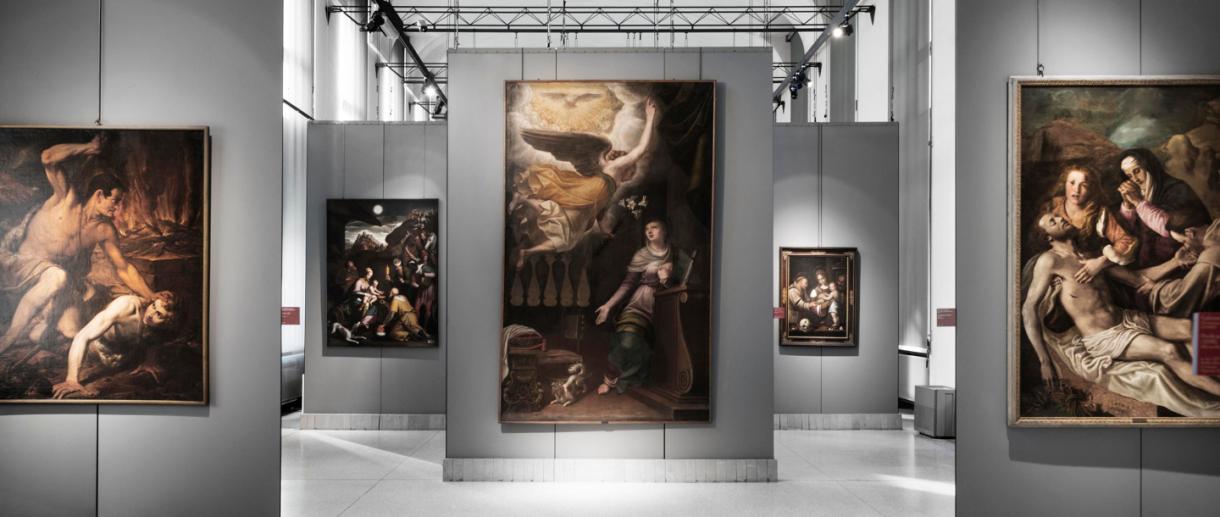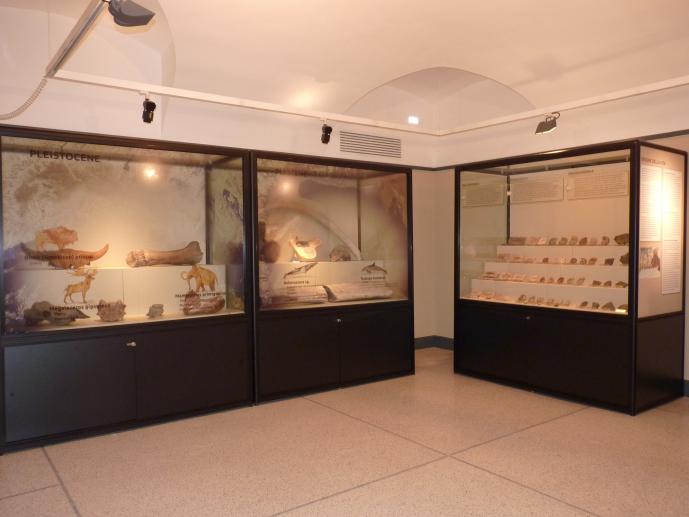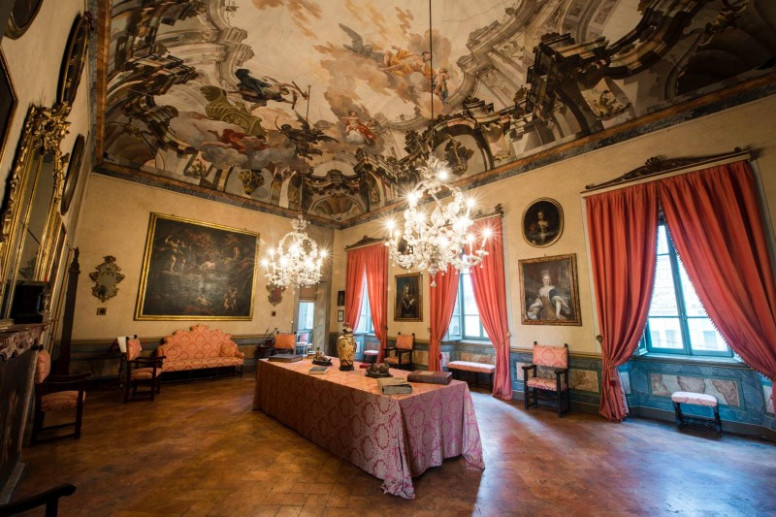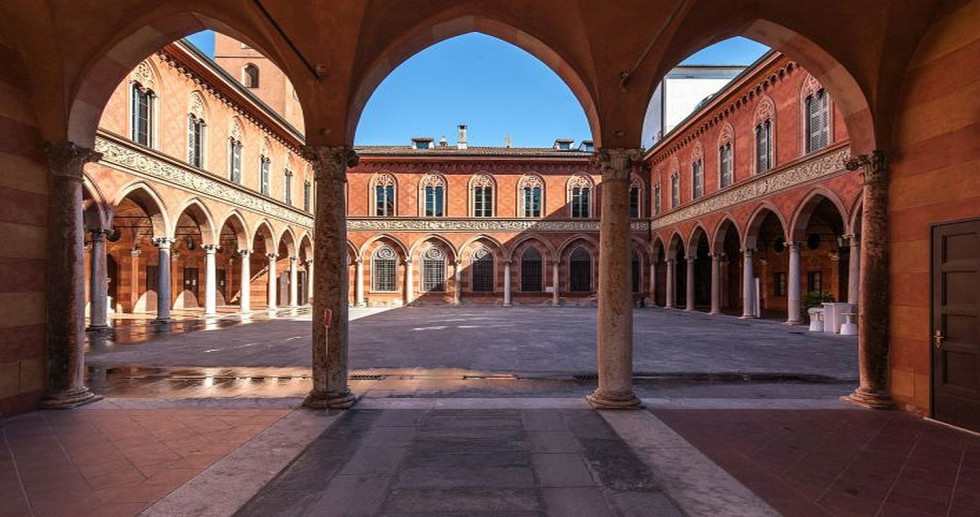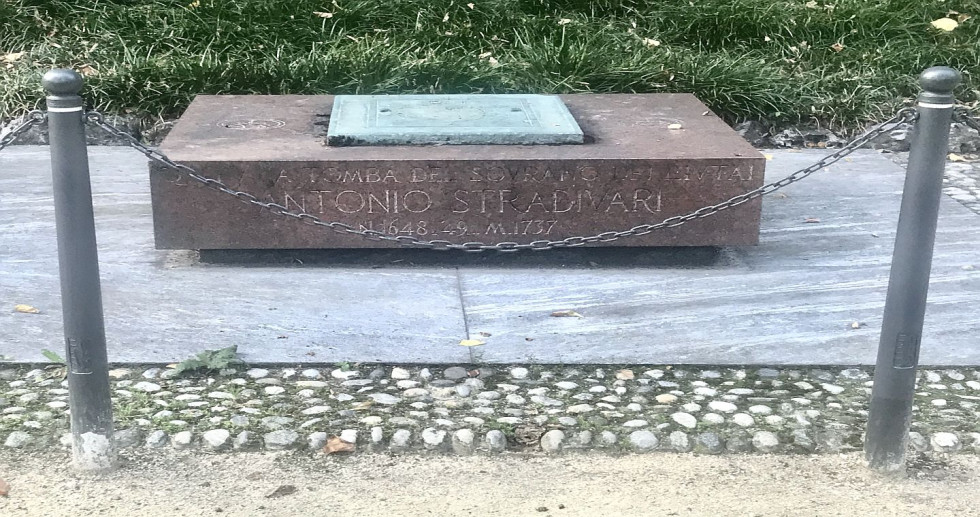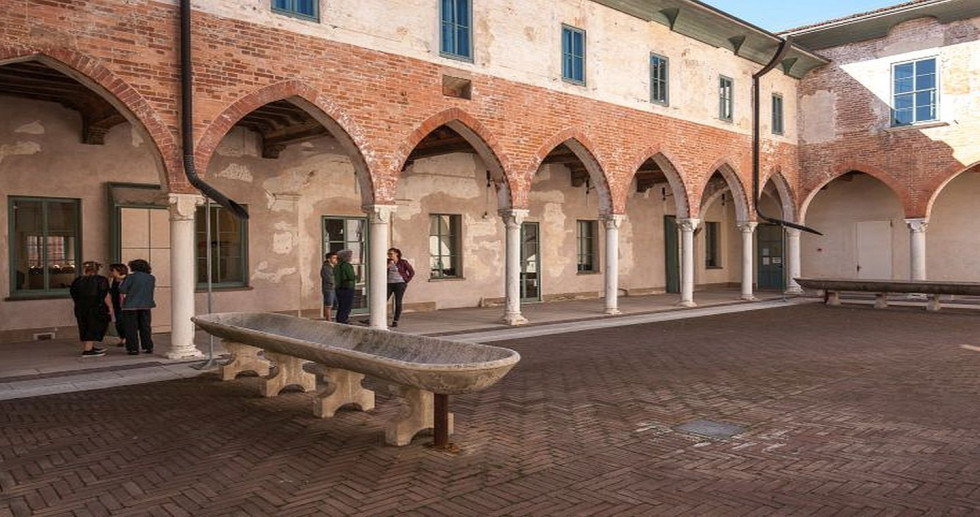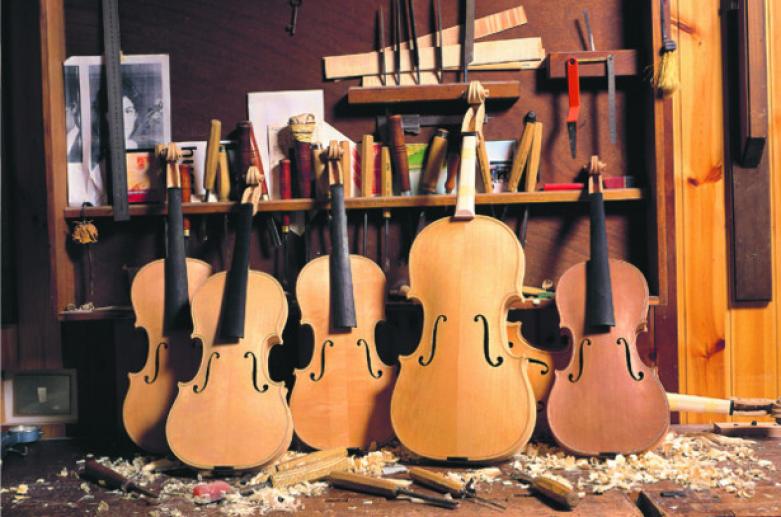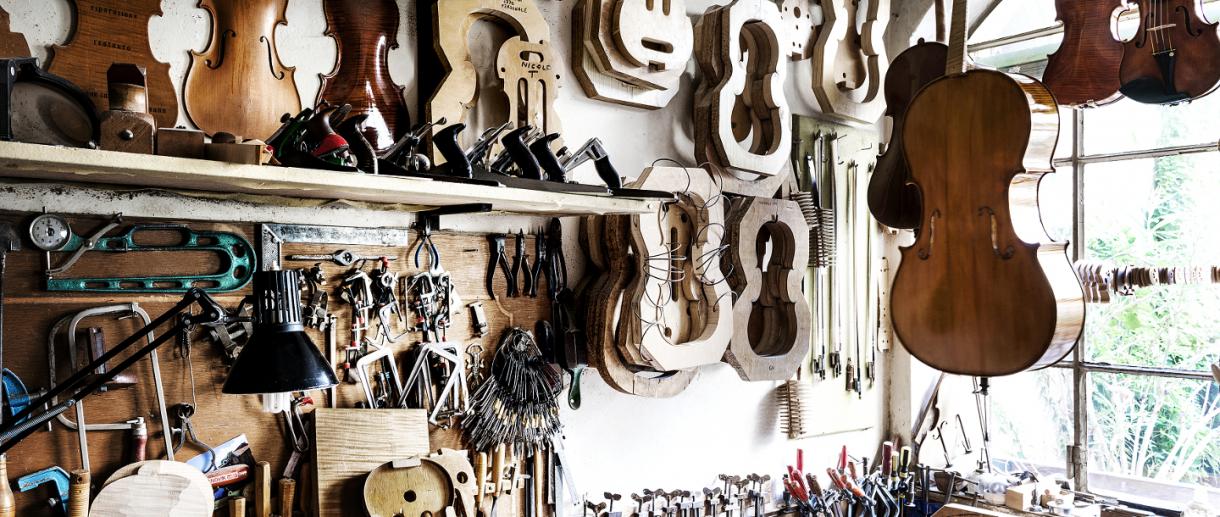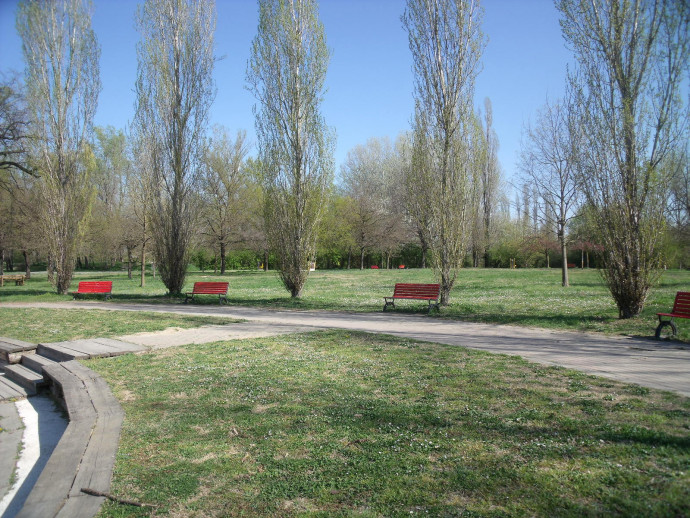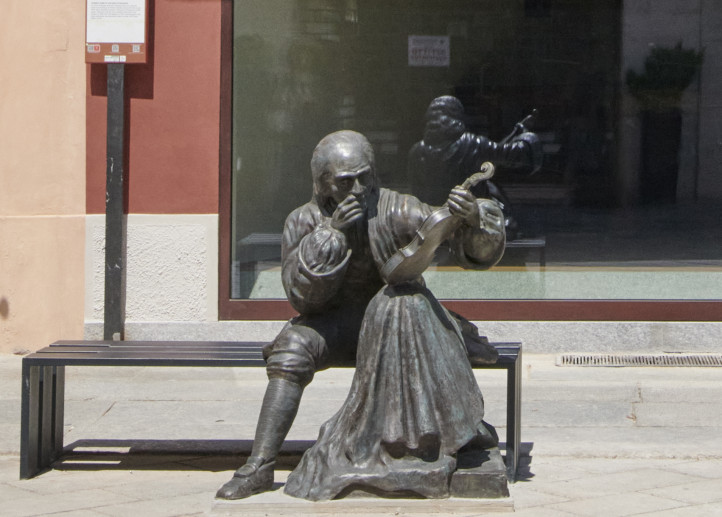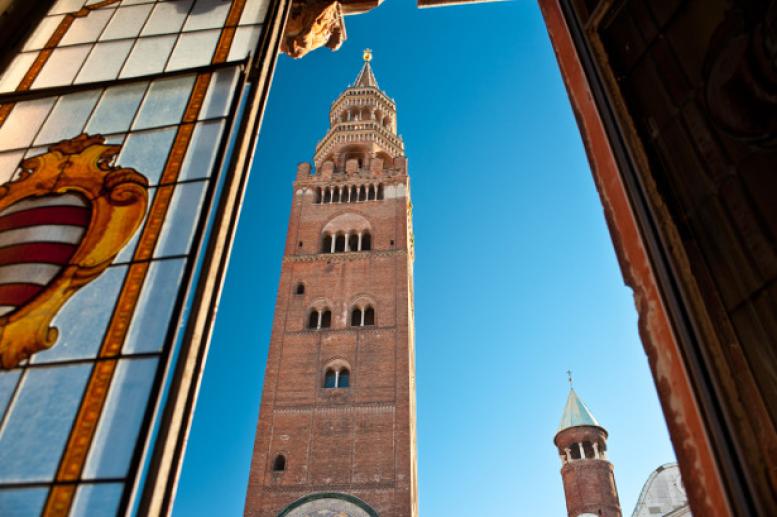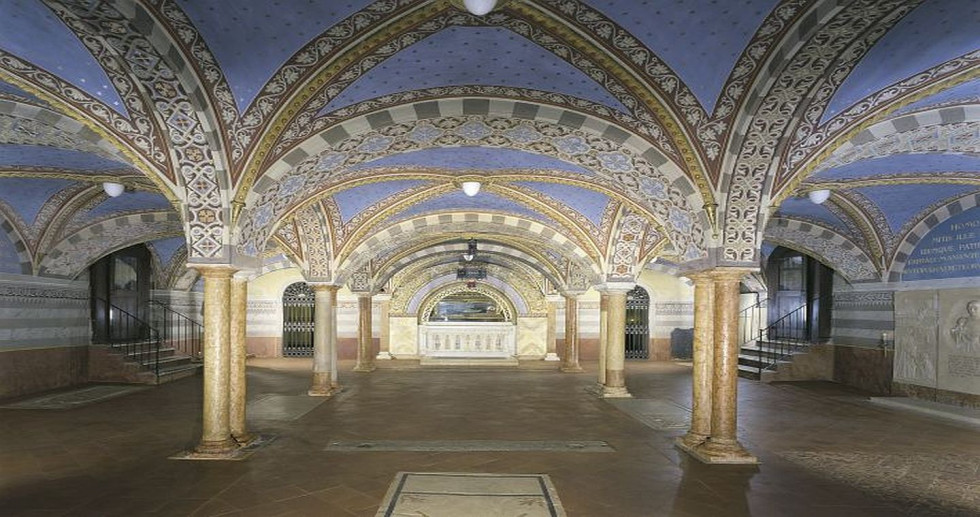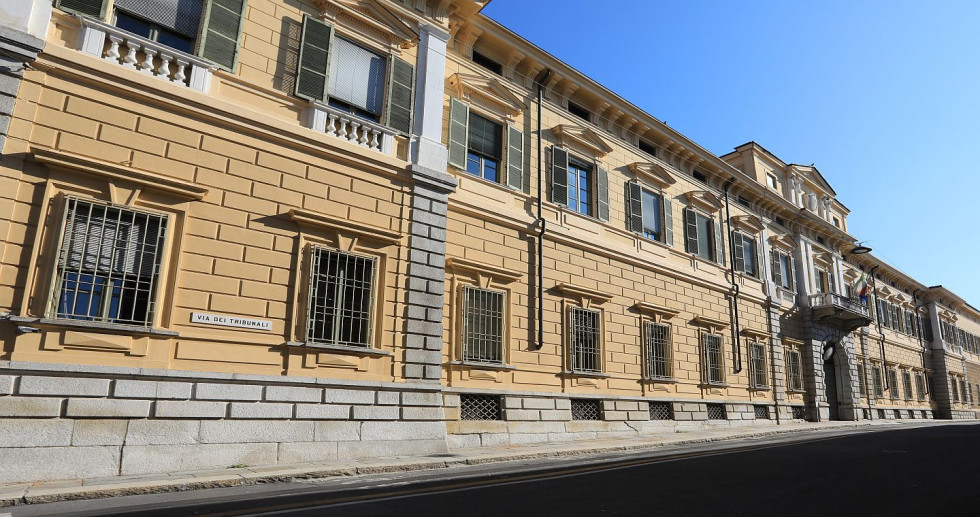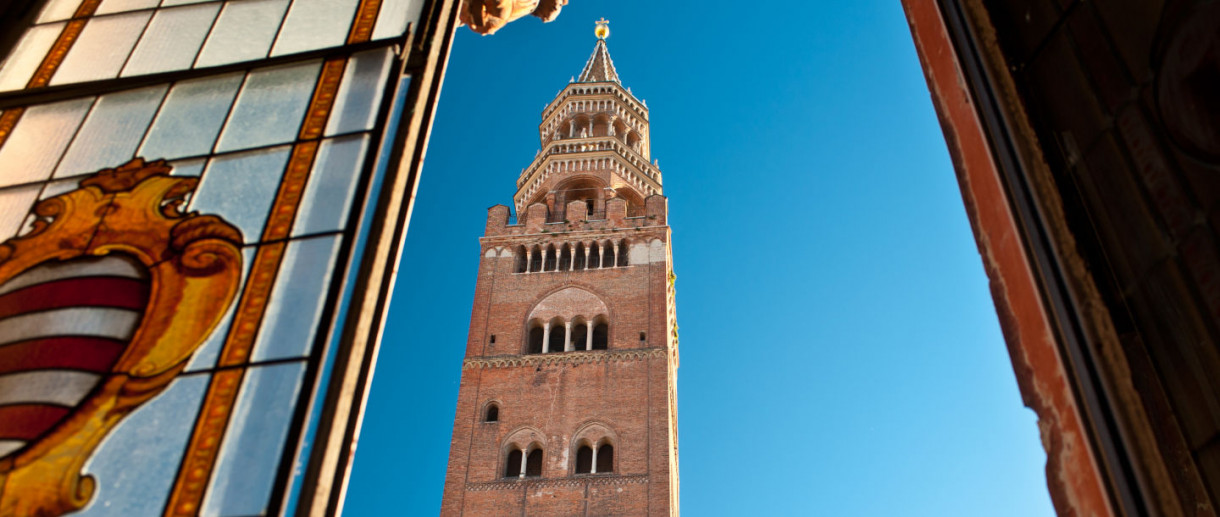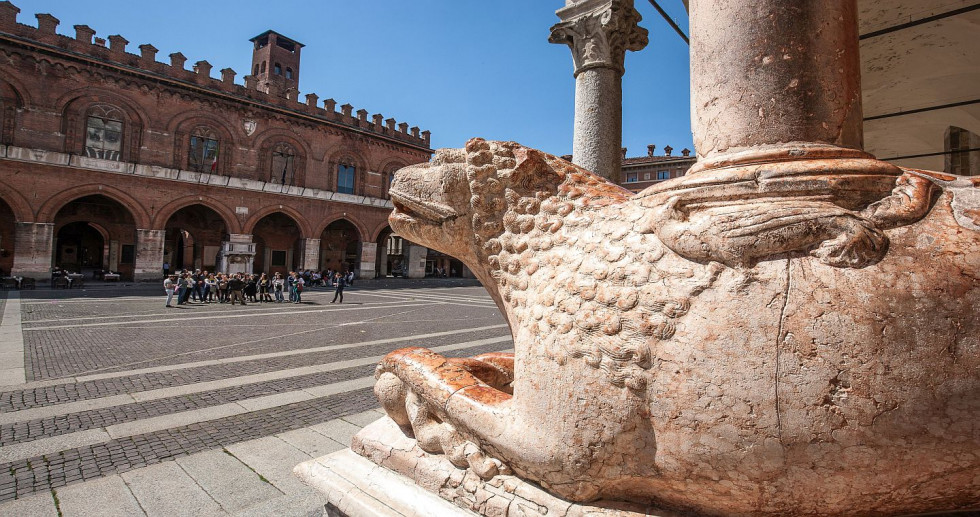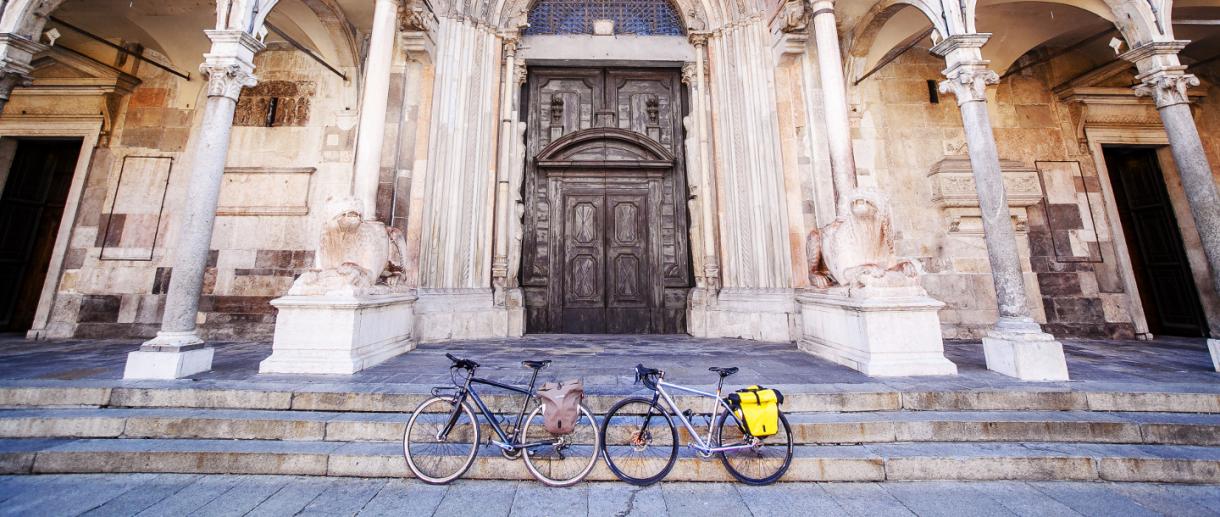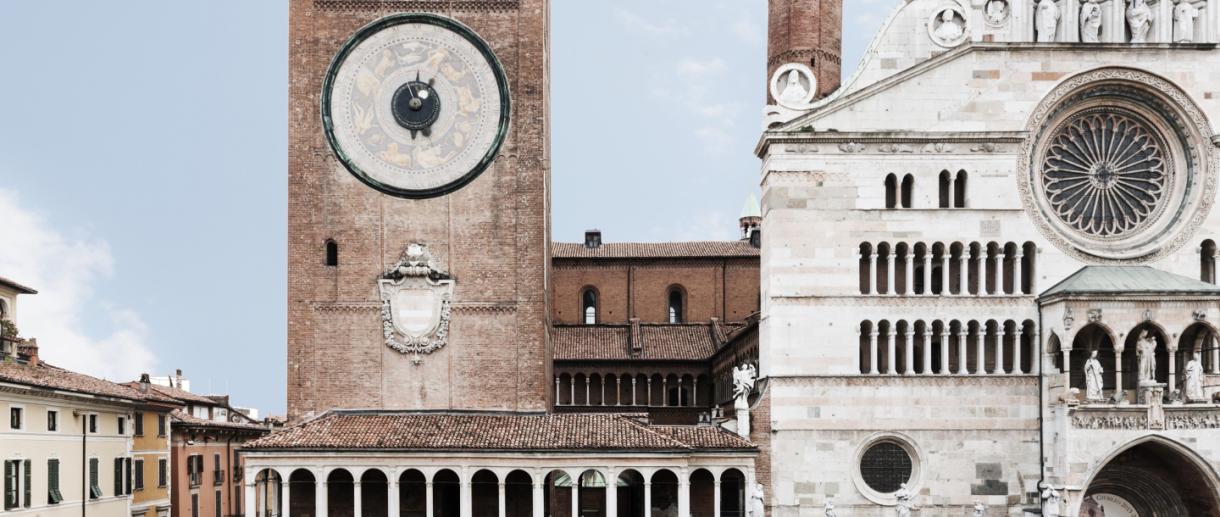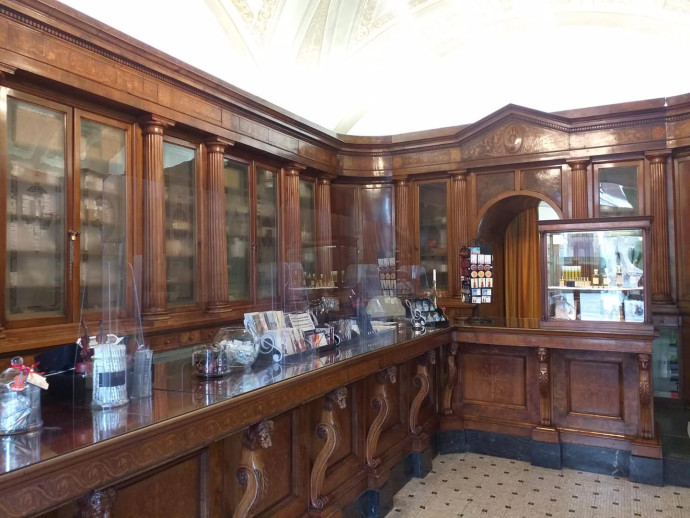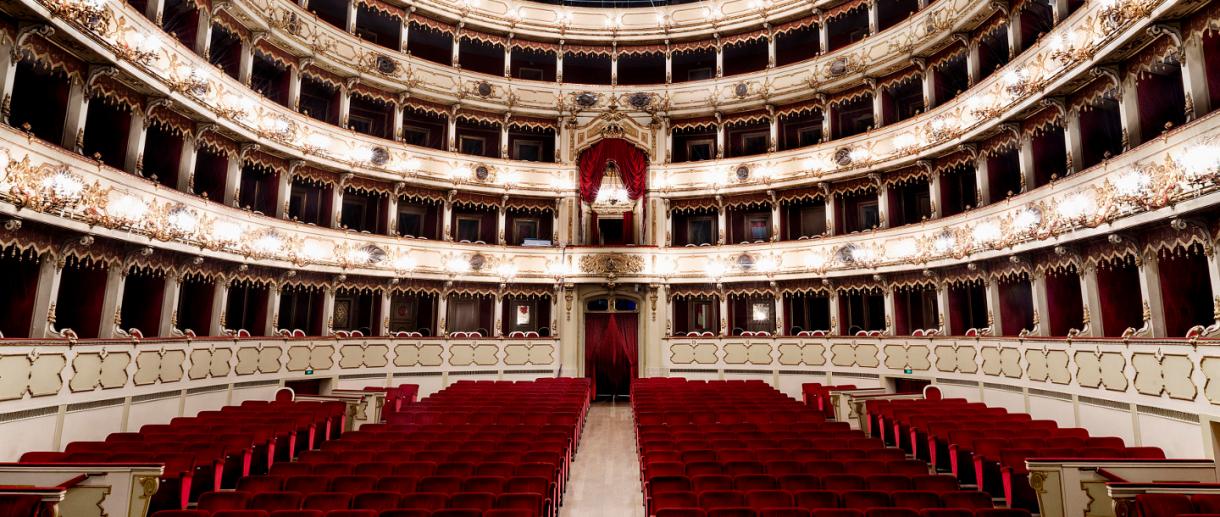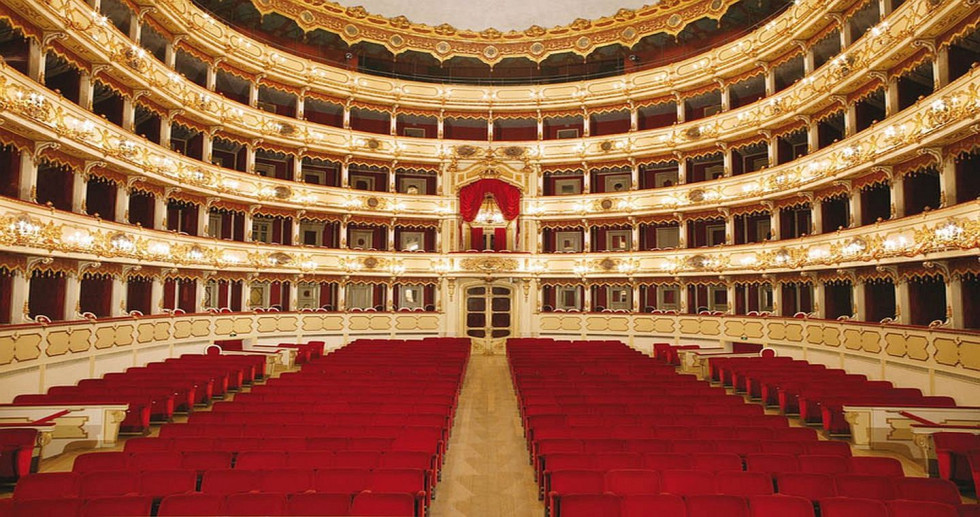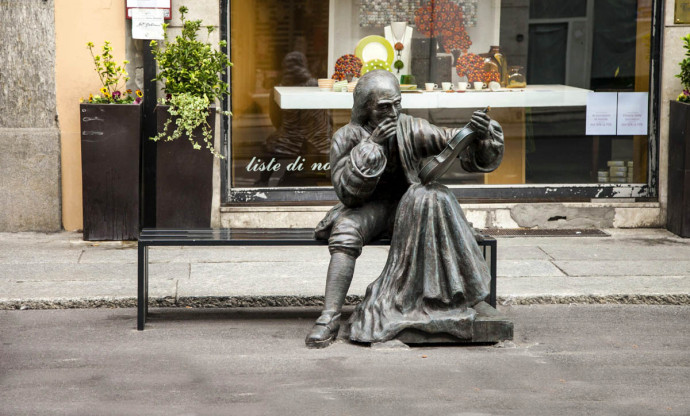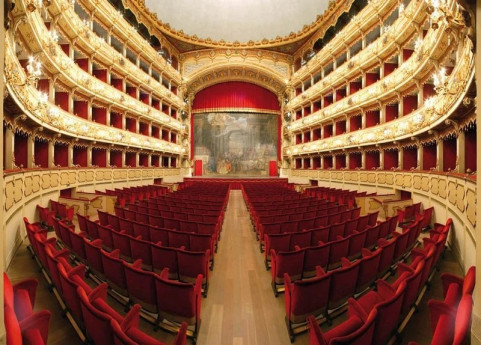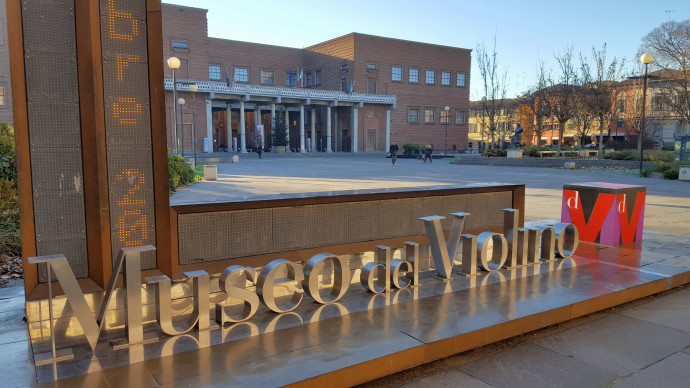- Art & Culture
Palazzo Affaitati
One of the most important examples of 16th-century architecture in Cremona.
Construction of this imposing building began in the mid-16th century on the initiative of the Affaitati merchant family. The main façade and the body of the building along the current via Ugolani Dati date back to this phase.
After a period of neglect, the building was acquired in the mid-18th century by Marquis Clemente Cesare Magio, who undertook a major construction project to establish his residence there, culminating in the creation of the grand staircase attributed to the Cremonese architect Antonio Arrighi.
The will of Marquise Antonia Ugolani Dati saw the property pass to the Fatebenefratelli hospital order, which transformed the building into a hospital, entrusting the work to architect Carlo Domenico Visioli.
Following the unification of the Fatebenefratelli Hospital with that of Santa Maria della Pietà and the subsequent transfer of the patients, Palazzo Affaitati was acquired by the Municipality of Cremona and designated as the new home of the Museo Civico “Ala Ponzone” and the Natural History Museum, which was transferred here from the palace of the same name and inaugurated in 1928, occupying mainly the large rooms that previously housed the infirmaries.
Both museums derive from the legacy of Marquis Giuseppe Sigismondo Ala Ponzone to the Emperor of Austria and, after various events, became the property of the Municipality of Cremona.
In the following decade, further renovation work saw the Government Library move into another wing of the building, having been transferred here from the San Marcellino complex.
